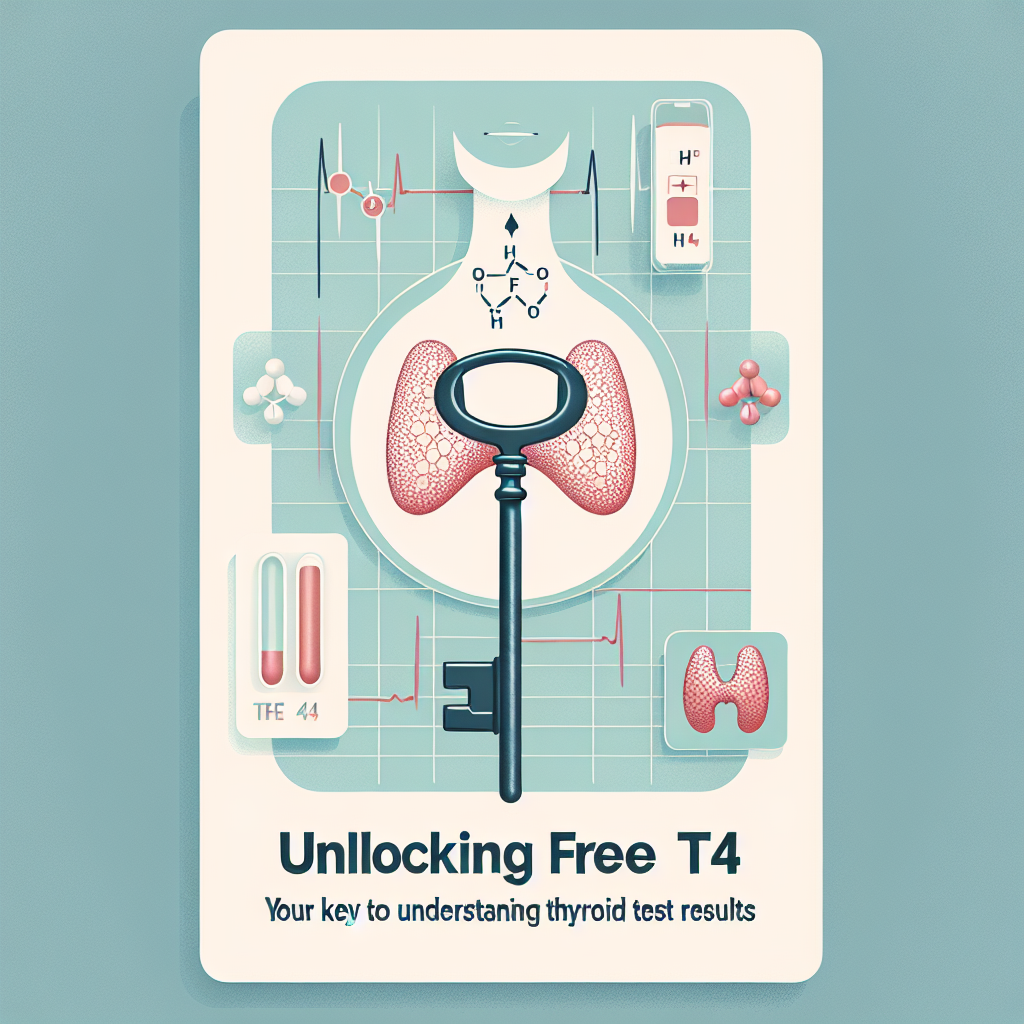Your blood test results include a measurement for parathyroid hormone (PTH). While it may appear intricate at first, understanding this figure is essential as it serves as a significant indicator of your body’s mineral levels. This article will share straightforward and factual insights about what PTH levels indicate regarding your health, without attempting to interpret the medical details, which is the responsibility of your healthcare provider.
What is Parathyroid Hormone (PTH)?
Parathyroid hormone is generated by the four parathyroid glands, small glands situated in the neck behind the thyroid gland. Its primary function is to manage the levels of calcium and phosphorus in the bloodstream, acting as a regulator to ensure the body operates optimally.
When blood calcium levels drop, the parathyroid glands release more PTH, triggering several responses in the body.
- In the bones: The hormone encourages the release of calcium stored in the bones.
- In the intestines: It enhances the absorption of calcium from dietary sources.
- In the kidneys: It reduces the amount of calcium excreted in the urine.
Simultaneously, PTH increases the renal excretion of phosphorus, maintaining a crucial inverse relationship between calcium and phosphorus levels. This regulatory process is vital for ensuring stable blood calcium levels, which are key for crucial bodily functions such as muscle contractions, nerve signaling, and blood coagulation.
Why Monitor This Blood Marker?
Monitoring parathyroid hormone levels is pivotal as it plays a central role in regulating bone health, kidney operations, and vitamin D metabolism. Any abnormal PTH concentration can be an early indicator of an imbalance.
Persistent imbalances should not be overlooked. For instance, chronically elevated PTH levels can ultimately weaken bones, raising the risk of demineralization and fractures. Consequently, PTH testing is a crucial diagnostic measure when investigating suspected calcium metabolism disorders, osteoporosis, or certain renal conditions, assisting healthcare professionals in making informed decisions.
How to Read Your Lab Results
Your laboratory report will display your PTH results with a numerical value, a unit of measurement (usually pg/mL or pmol/L), and reference ranges.
For clarification, consider this example:
- Parathyroid Hormone (Intact PTH): 45 pg/mL
- Laboratory Reference Range: 15 – 65 pg/mL
Different laboratories may have slight variations in their reference intervals, influenced by the demographics of their studied population and the measurement methodologies utilized. When interpreting your results, consider where your value falls within these intervals.
Key Elements to Check on Your Report
- Your Value: Is it within, below, or above the reference range?
- Previous Results: If available, comparing them will show any changes.
- Other Parameters: Ensure calcium, phosphorus, or vitamin D levels are also measured and within the normal range.
- Your Treatments: Some medications can impact this parameter.
This preliminary analysis can help you prepare for discussions with your healthcare provider.
Diseases Related to Abnormal Parathyroid Hormone Levels
Results falling outside the reference ranges can signify various conditions, typically categorized by whether the levels are elevated (hyperparathyroidism) or diminished (hypoparathyroidism).
Hyperparathyroidism: When the Level is Too High
The most prevalent case is primary hyperparathyroidism, which often arises from a benign tumor (adenoma) in one of the parathyroid glands, leading to excessive and uncontrolled PTH production. This excess can cause hypercalcemia, indicating high calcium levels in the bloodstream. Symptoms may include fatigue, bone pain, gastrointestinal issues, or the development of kidney stones.
Secondary hyperparathyroidism, in contrast, occurs as a response from healthy glands to another underlying issue. The most common triggers are chronic kidney failure or significant vitamin D deficiency, leading these glands to secrete more PTH to compensate for low blood calcium levels.
Hypoparathyroidism: When the Level is Too Low
Hypoparathyroidism is defined by inadequate PTH production, frequently resulting from surgical complications, such as damage to the parathyroid glands during thyroid surgery. This deficiency decreases blood calcium levels (hypocalcemia), which can lead to symptoms like tingling, muscle cramps, or serious cases of heart rhythm disturbances.
A rare condition, pseudohypoparathyroidism, occurs when PTH levels are normal or high, but the body fails to respond appropriately due to issues with hormone receptors.
What to Do After Your PTH Analysis?
While only a doctor can establish a diagnosis, here are some general follow-up guidelines and lifestyle principles you might discuss with your healthcare provider.
Principles of Medical Follow-up
Depending on your situation, your doctor may recommend:
- Regular biological monitoring to observe changes in PTH and calcium levels.
- Imaging tests (like a neck ultrasound or scintigraphy) for visualizing the parathyroid glands.
- Bone density assessment to evaluate the impact on bone health.
- A referral to an endocrinologist if values are significantly abnormal or associated with notable symptoms.
Nutritional Principles and Lifestyle
Maintaining a healthy lifestyle is always advantageous. This can include:
- Optimized vitamin D levels, as this vitamin is crucial for calcium regulation. Sufficient sun exposure and a balanced diet contribute to this.
- Proper hydration, essential for the kidneys’ healthy functioning.
- A balanced diet, adhering to your doctor’s guidance, especially concerning calcium and phosphorus intake.
- Consistent physical activity, which supports robust bone health.
Frequently Asked Questions About Parathyroid Hormone (PTH)
What is a Normal Parathyroid Hormone Level?
Normal PTH levels typically range from 15 to 65 pg/mL, with slight variations across different laboratories. In older adults, the upper limit may sometimes be marginally higher.
What Does an Increased Parathyroid Hormone Level with Normal Calcium Mean?
This condition, known as normocalcemic hyperparathyroidism, might indicate an early phase of primary hyperparathyroidism or stem from vitamin D deficiency. Ongoing medical supervision is essential to understand its causes and track its progress.
Can Medications Affect PTH Levels?
Yes, specific treatments can influence these levels. For instance, lithium or certain diuretics may disrupt calcium and PTH balance. It’s crucial to inform your doctor about all medications you are taking.
Can a High PTH Level Affect Mental Health?
Research has indicated connections between hyperparathyroidism and symptoms like anxiety, depression, or difficulties in concentration, possibly due to excess calcium’s effects on brain function.
Is it Possible to Have Fluctuating PTH Levels?
Yes, PTH secretion has a natural circadian rhythm, peaking during the night. Notable and unusual fluctuations may sometimes warrant further investigation.
Conclusion
Parathyroid hormone levels are a critical biological marker for mineral and bone health. Recognizing its importance enables you to engage effectively in your healthcare journey. It is more than just a number; it symbolizes the intricate balance within your body. The interpretation of these results, always conducted by a healthcare professional, integrates your overall clinical picture, personal history, and additional laboratory parameters.







